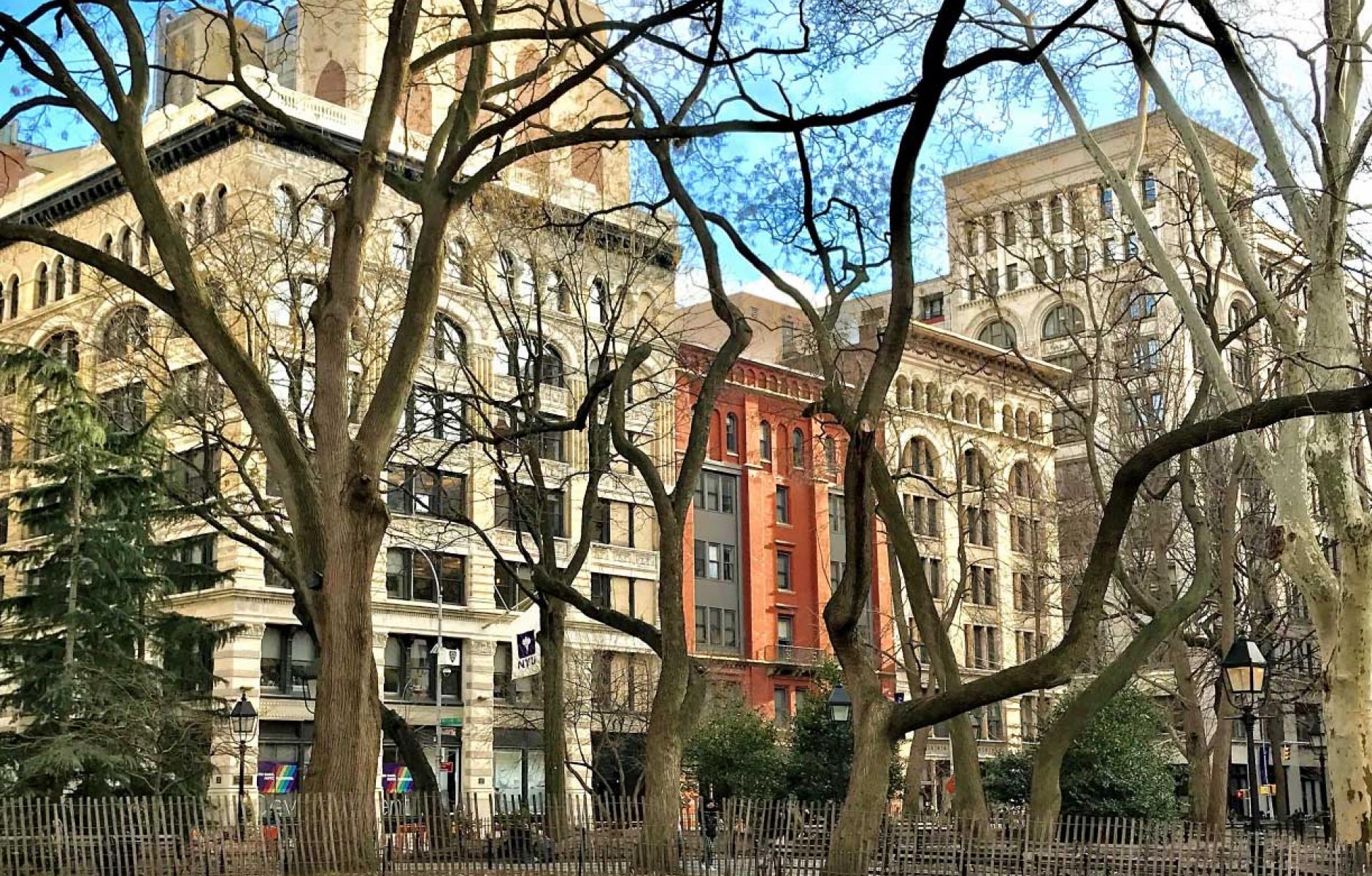
To fight climate change, reaffirm beauty
Ever since Vitruvius identified firmness, commodity, and delight as the three elements of good architecture, beauty has been associated with harmony. From the Greek word harmonia meaning ‘to join well,’ a beautiful building was understood to be the result of a pleasing composition. Before one’s personal preferences come into play, our innate desire for harmonious beauty is why there’s always been a general agreement on the places we find attractive.
Historically, the principles of composition such as proportion, rhythm, and scale were passed down from master to apprentice, ensuring the slow evolution of style. This began to change during the Renaissance with the introduction of the printing press. Builders could now draw from illustrated treatises as well as local traditions.
By the 19th Century, globalization and the increased availability of pattern books gave rise to an aesthetic eclecticism. A growing middle class demanded choice, which architects readily supplied. Whether heterodox or orthodox, the common goal of harmonious beauty produced an urbanism of elegant coherence. As the 19th Century writer Stendhal said, “There are as many styles of beauty as there are visions of happiness.”
But where some saw variety, others saw chaos. The democratization of taste upset traditional notions of decorum as it was now possible to mass produce the ornaments once reserved for the upper class.
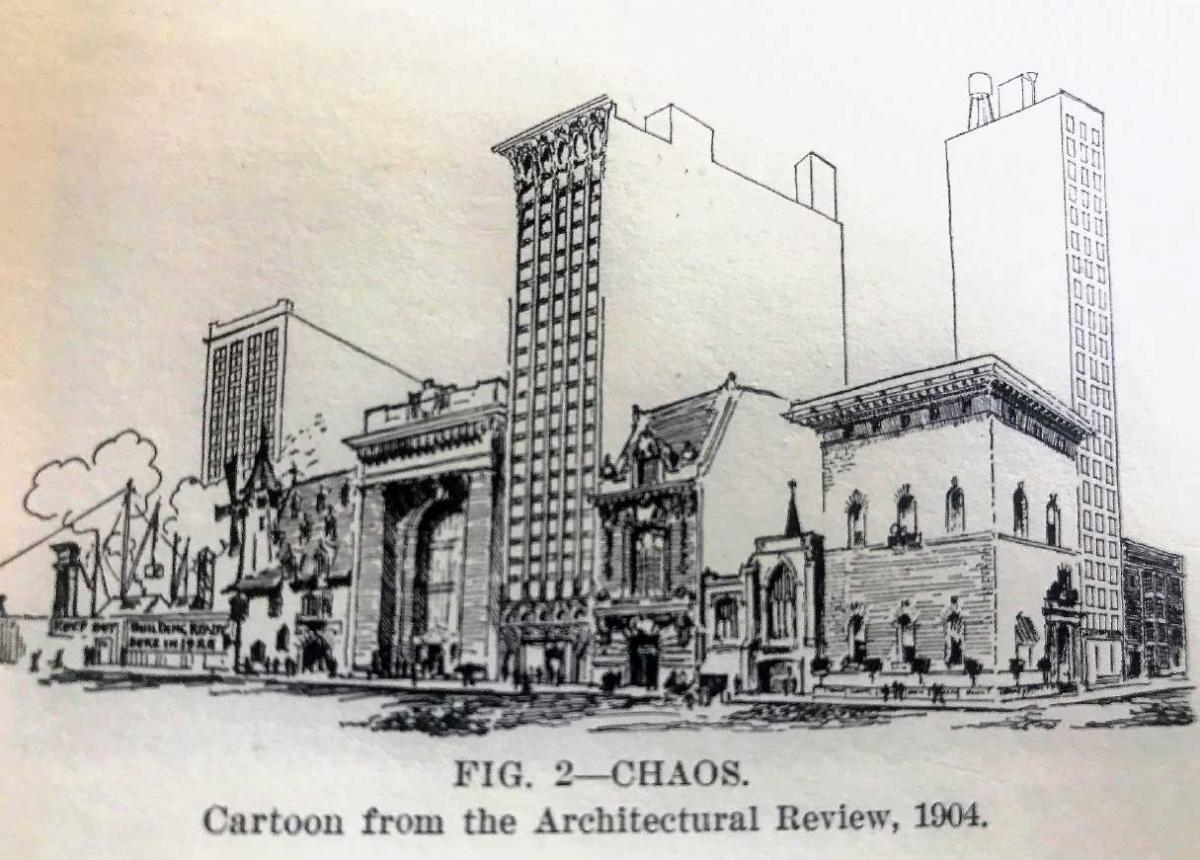
For the first time, ‘honesty’ became a rallying cry in architecture, similar to how ‘authenticity’ is today. The German critic Hermann Muthesius went so far as to accuse what he called the “style architect” of creating, “hallucinations of beauty.” Yet the public had never been bothered by the architect’s sleight of hand, so long as the result was pleasing.
The trauma of World War One made some question the validity of tradition while the Great Depression only increased the sense that modernity had no use for the past.
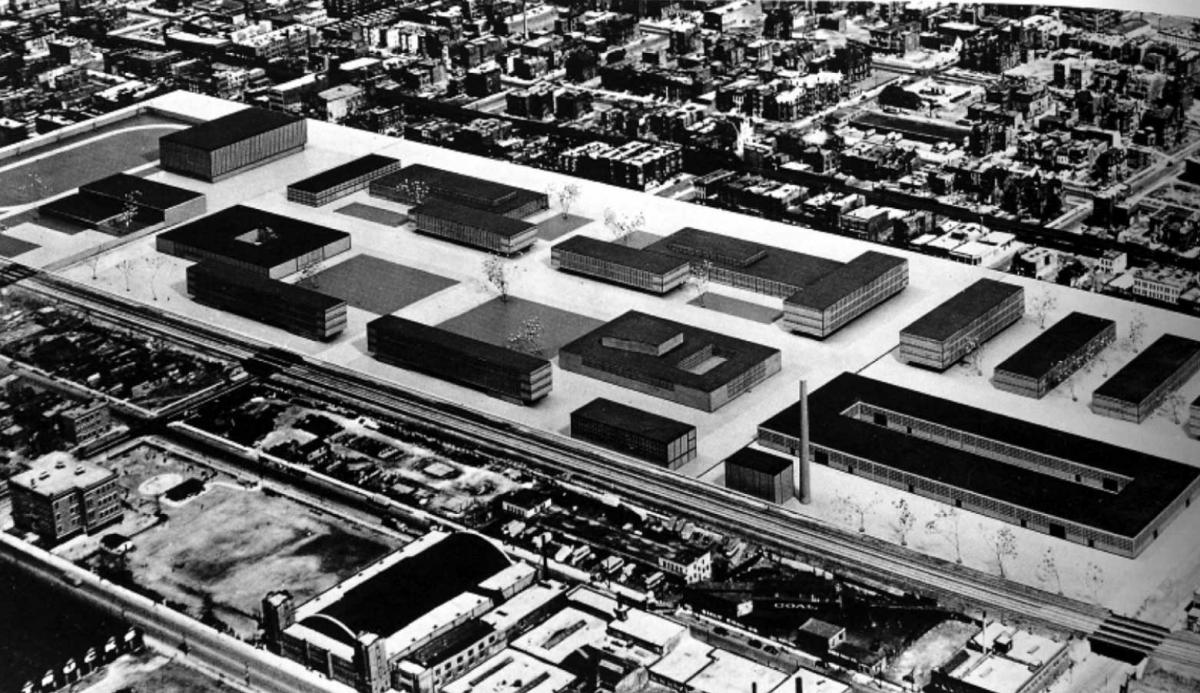
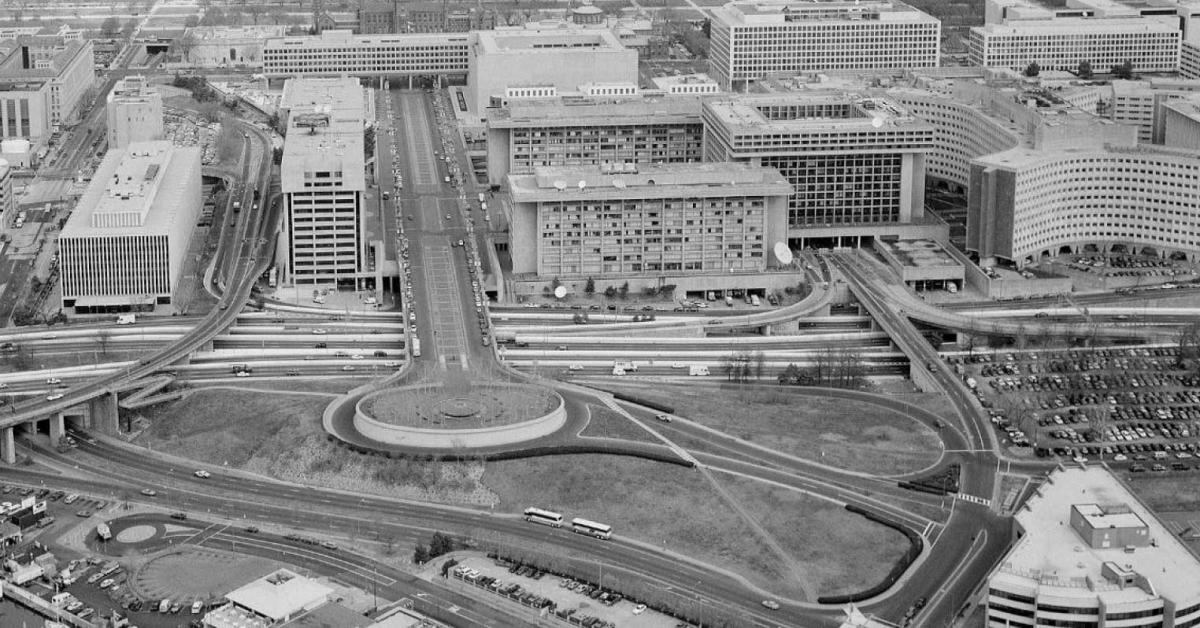
By the World War Two, academia adopted modernism’s call for a clean slate. Schools abandoned the study of precedent, the means by which composition had always been taught. From now on there would only be one style, stripped of ornament, the very thing that gave buildings scale and character. Traditional urbanism was declared obsolete, replaced by highways and anonymous buildings. As whole blocks were torn down in the name of urban renewal, residents stood up for their city. Local preservationists were the first to push back against the modernist future we were sold.
Beauty and climate change
What does beauty have to do with climate change? People save the things they love. To reduce waste, we must build places worth preserving. As the National Trust for Historic Preservation put it, “the real value of any building to the community lies in its being a delight to the eye and its susceptibility to human use.”
One of the reasons for the continued popularity of historic styles is their reliance on the physical laws and geometries that underlie our attraction to nature (see photo at top). When thoughtfully designed, the relationship between a detail to a building, a building to a street, and a street to a neighborhood creates an ensemble that makes good urbanism ... great.
The environmental movement grew alongside preservationists as rampant consumerism began to upset the ecological balance. Without beauty, the economic advantages of mass production became a recipe for a disposable culture with no sense of place. In order to mitigate the effects of climate change, we need to consume less and reuse more. That means reducing our foot print to allow nature to heal while building up existing areas into walkable, transit-oriented communities.
Lately though, preservation has been used as an argument against development because, unlike the past, what’s proposed often falls short of what’s being replaced. People now fear the erosion of character that results from discordant buildings.
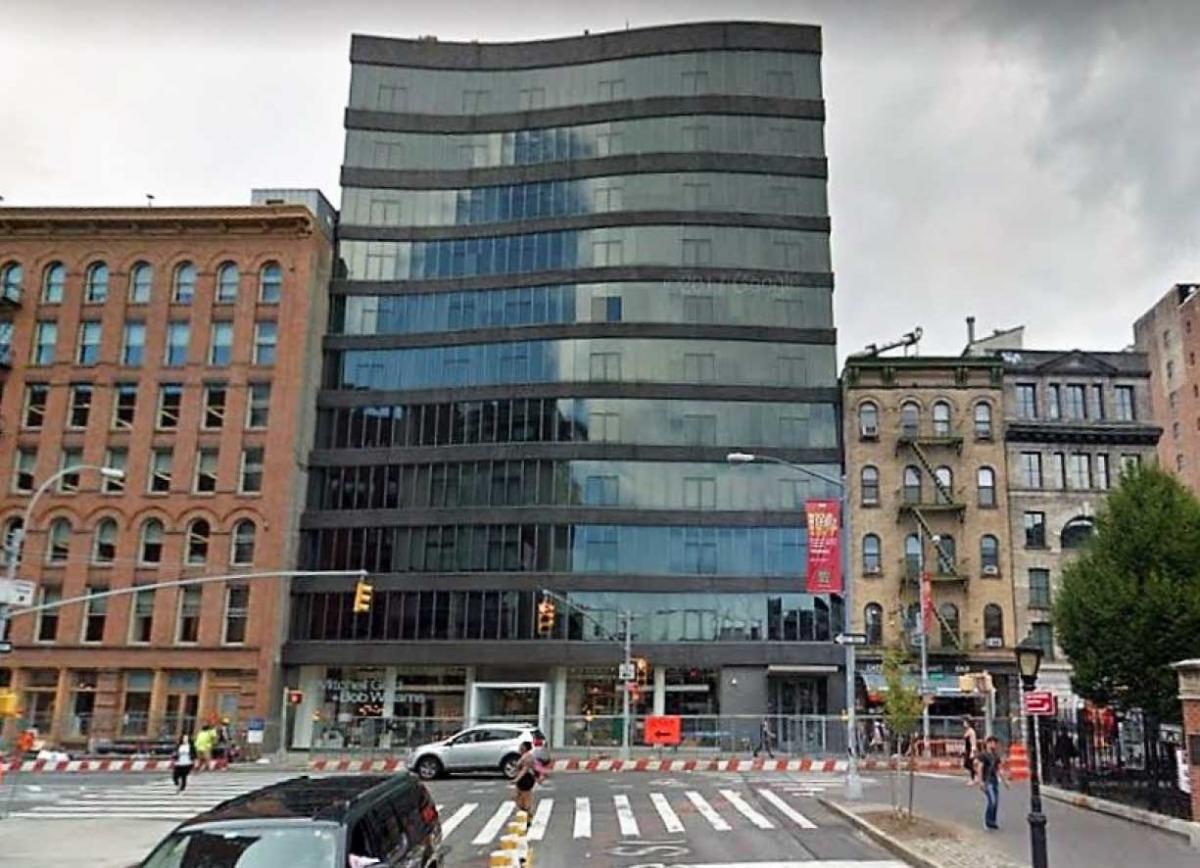
Therefore, what we build should be sustainable and beautiful if we expect to reuse it. To do this, architects must learn the language of those responsible for building today.
When developers talk about curb appeal, they mean how attractive a building is to the passerby. Yet the typical education of an architect is based on the idea that beauty is subjective and therefore less important than a building’s concept. The problem is, we tend to experience our environment intuitively rather than intellectually. So, while beauty is subjective, it’s only by speaking about it that we raise its value.
When composition was taught as a craft through the imitation and emulation of precedents, architects learned something more than style, they learned the lessons of harmonious beauty. And though a building’s function may change over time, a well composed building will always delight.
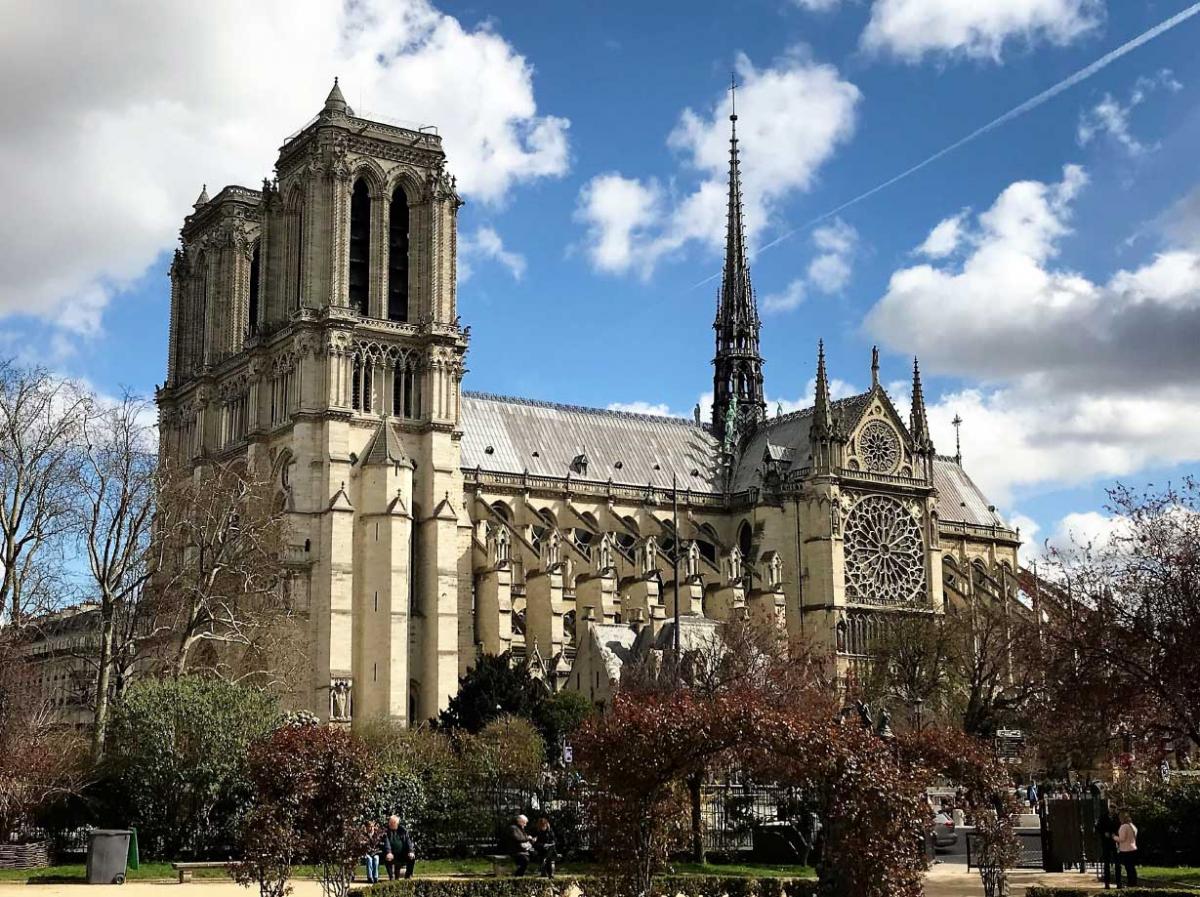
Take the burning of Notre Dame. Whether one sees it as a church or historic monument, the outpouring of emotion witnessed was universal because first and foremost, it’s an incredible expression of human skill and imagination. As Oscar Wilde said, “Put usefulness first, and you lose it; put beauty first, and what you do will be useful forever.”
That’s why I propose the CNU adopt the same Aesthetic Eclecticism responsible for many of the cities we admire today. Even if we can’t control the quality of materials or craftsmanship, we’re more likely to build places we love if we call for the same approach to design that worked in the past. While academia continues to debate the value of tradition, we should not be bound by artificial constraints. At the scale of a building, street, or neighborhood, Aesthetic Eclecticism embraces all styles that form a whole greater than the sum of its parts.
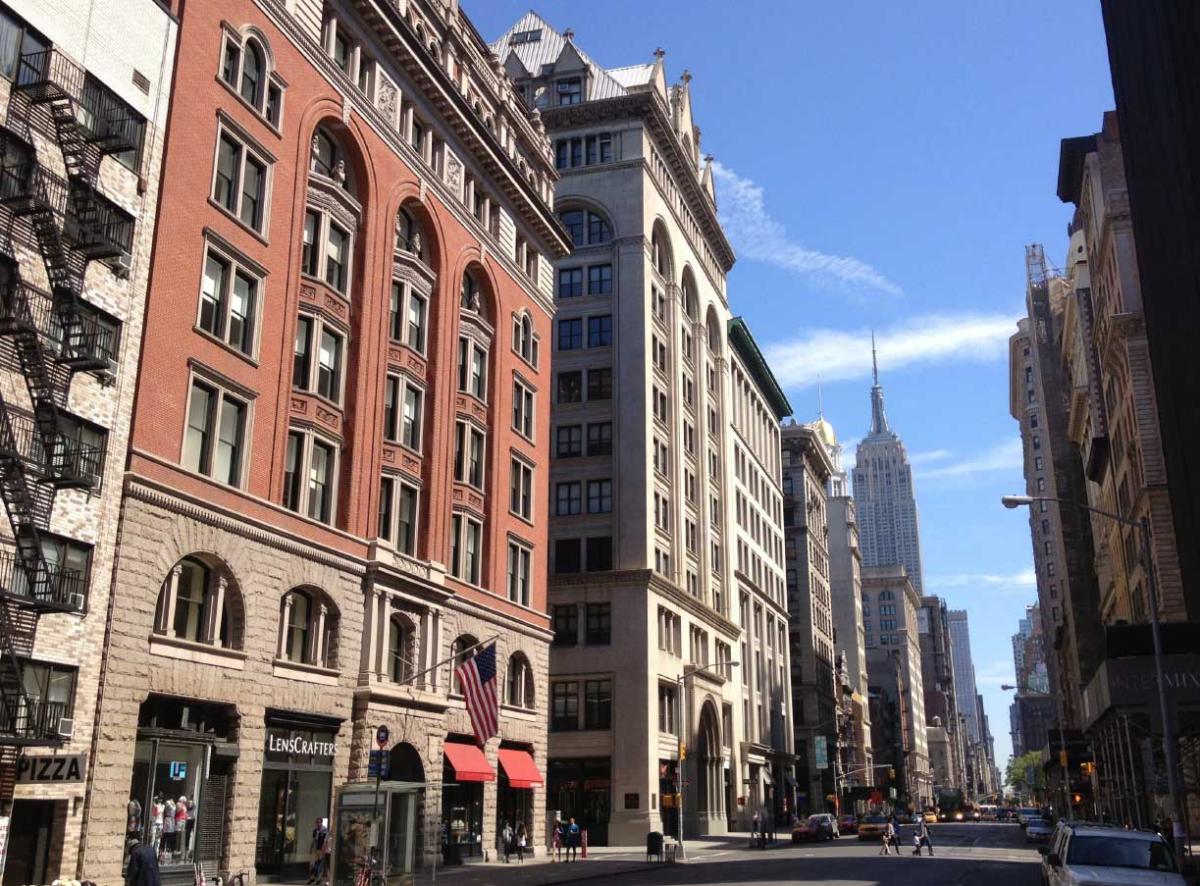
The Charter of the New Urbanism describes our work as an attempt to pick up the threads, so recently abandoned, of this 5,000-year-old craft of building towns and cities. So why not also revive the ancient craft of architectural composition? Without the beauty that makes cities like Paris and Charleston a pleasure to walk in, we will not build places worth preserving. But if we reaffirm its importance, not only are we more likely to get it, but what we build today will stand a better chance of being reused tomorrow.
This article was edited and adapted from a presentation at CNU 27 in Louisville in June.




